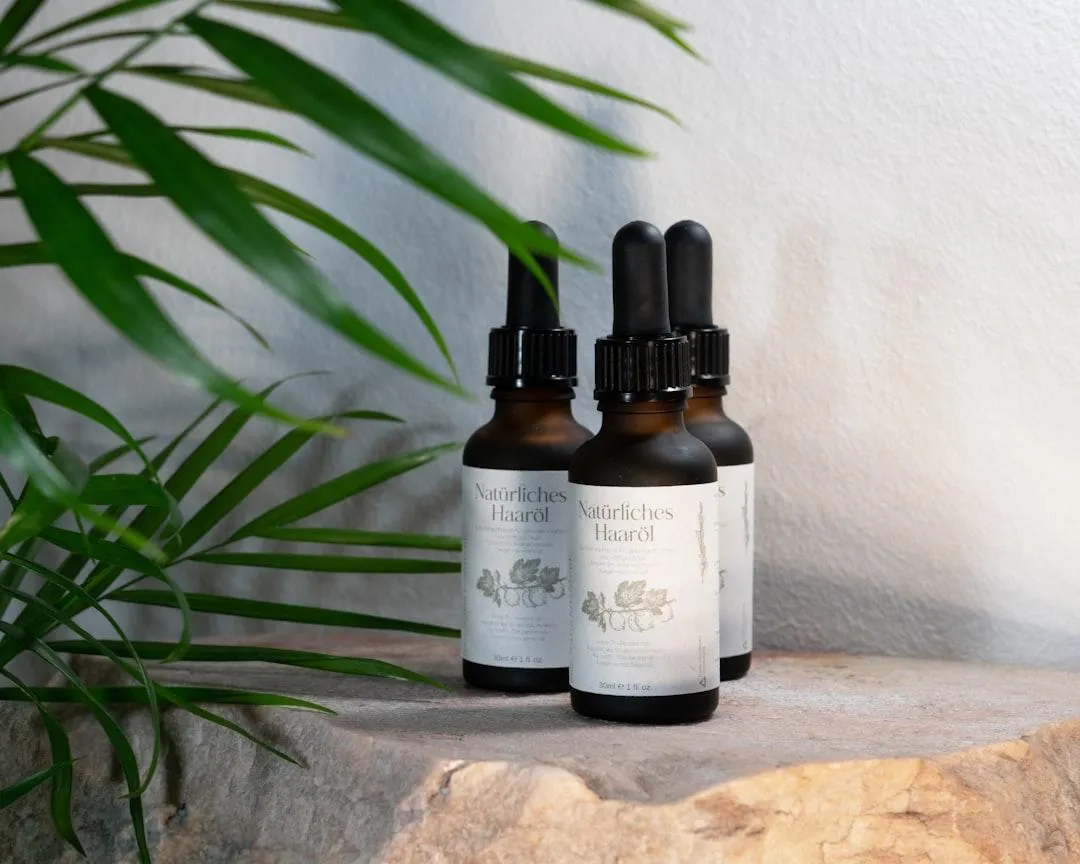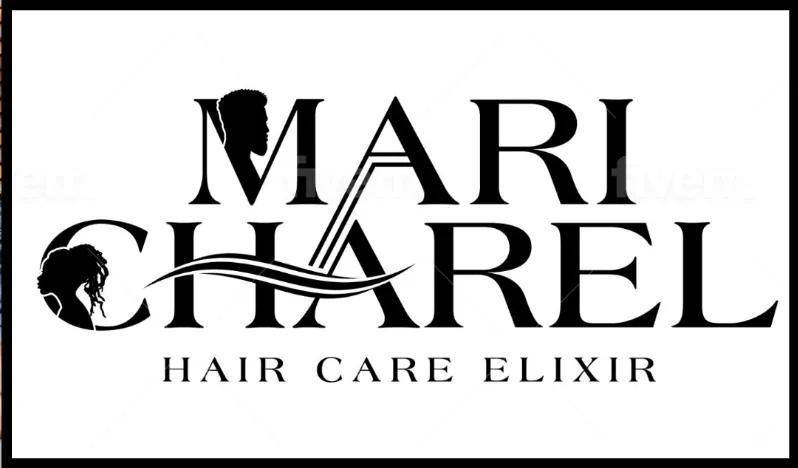
I Thought I Knew Oils—Then I Saw What Pure Rosemary Oil Really Looks Like
When you make your own skincare, haircare, and aromatherapy products, you get really familiar with your ingredients. And let me tell you—how pure rosemary oil looks like is one of the first things I learned to spot the hard way.
I thought I knew what rosemary oil should look like. I was wrong.
So if you’re new to essential oils, making your own blends, or just want to make sure you’re getting the real deal—let me walk you through how pure rosemary oil looks like, what to avoid, and how to use it like a pro.

I Thought I Knew Oils—Then I Saw What Pure Rosemary Oil Really Looks Like
What Does Pure Rosemary Oil Look Like?
Why Knowing What Pure Rosemary Oil Looks Like Matters
How to Tell If Your Rosemary Oil Is Pure
Common Myths About How Pure Rosemary Oil Looks Like
Mari Charel Rosemary Oil Products
How I Use Pure Rosemary Oil in My Handmade Products
What Does Pure Rosemary Oil Look Like?
Let’s get straight to it.
How pure rosemary oil looks like in its natural form:
Color: Typically clear to pale yellow. It should never be dark or murky.
Texture: Thin and watery—not thick or greasy.
Clarity: Pure rosemary oil is transparent. If it looks cloudy, it might be diluted or spoiled.
Scent: Sharp, herbal, camphor-like. If it smells sweet or artificial, it's likely synthetic or cut.
When I pour pure rosemary oil from my supplier, the first thing I notice is how light it is. It runs almost like water, and the scent hits fast—clean, earthy, slightly medicinal, but never overpowering.
Why Knowing What Pure Rosemary Oil Looks Like Matters
When you’re making products by hand, how pure rosemary oil looks like can affect:
Product effectiveness: Fake or diluted oils don’t deliver the same results.
Customer safety: Some adulterated oils contain synthetic fillers that can irritate skin.
Shelf life: Real rosemary oil helps preserve your formulas—cut oils go rancid faster.
I’ve bought rosemary oil from bargain shops that was thick, yellow, and barely had any scent. It looked wrong—and sure enough, it was mixed with cheap carrier oils. Never again.
How to Tell If Your Rosemary Oil Is Pure
Here’s my checklist as a maker. Every time I receive a new batch, I verify how pure rosemary oil looks like with these steps:
Hold it up to light – Should be clear or pale yellow.
Check for separation – Any layers or sediment? Not pure.
Smell it – Herbal, strong, not perfumey.
Drop test on paper – Place one drop on white paper. Pure oil should evaporate with very little oily residue.
Read the label – It should say 100% pure Rosmarinus officinalis (rosemary) essential oil—nothing else.
Common Myths About How Pure Rosemary Oil Looks Like
Let’s bust some misinformation I hear all the time:
“It should be green!” – Nope. Green rosemary oil usually means it’s infused in a carrier oil like olive—not pure essential oil.
“The stronger the smell, the better.” – Not necessarily. Some fake oils use added fragrance to mimic rosemary’s scent.
“Thicker oil means better quality.” – False. Pure rosemary oil is thin and runny.
Knowing how pure rosemary oil looks like helps you spot red flags quickly—especially if you're buying from a new supplier or making your own product line.
Mari Charel Rosemary Oil Products

Radiant Hair with Our Hydration Booster Conditioner
Our hair conditioner is a testament to a harmonious synergy of exceptional ingredients. Crafted with care and precision, it penetrates each strand, promoting growth and restoring your hair's natural brilliance.
Read More

How I Use Pure Rosemary Oil in My Handmade Products
Once I nailed down how pure rosemary oil looks like, I felt confident using it in just about everything I make. Some favorites include:
Scalp serums: A few drops blended with jojoba or castor oil.
Facial steams: One drop in hot water for a pore-opening, detoxifying effect.
Aromatherapy rollers: Blended with lavender for calming focus.
Natural deodorant: Rosemary’s antimicrobial benefits are perfect for freshness.
Each time I use it, I make sure to check the oil’s clarity, scent, and consistency. It’s become a ritual—and my customers always comment on the fresh, natural scent in my products.
A Real Story: When I Bought Fake Rosemary Oil
A few years ago, I ordered a “great deal” from a site I won’t name. The oil came in a plastic bottle (red flag #1). It was dark yellow, cloudy, and thick (red flag #2). The scent? Weak and sweet.
That was the moment I realized: not all oils are created equal. Since then, I’ve been extra picky. And now I help my customers understand how pure rosemary oil looks like, so they don’t make the same mistake.
Final Thoughts
If you're working with essential oils—whether you're DIY-ing or buying premade blends—knowing how pure rosemary oil looks like is key to quality, safety, and results.
It should be:
Pale yellow to clear
Thin and transparent
Strong, herbal scent
No added fillers or fragrance
Once you see and smell the real thing, you won’t forget it. And once you use the real thing? You won’t go back.
So next time you’re shopping or blending, remember this: how pure rosemary oil looks like tells you everything you need to know.
Recommended Articles
Beat the Summer Heat with These Refreshing Hair Oil Massages
Should I Lock in Leave-In Conditioner with Oil? The Ultimate Guide to Hydrated, Healthy Hair
How to Mix Essential Oils with Hair Color for Healthier, Shinier Results
I Started Using Rosemary and Jojoba Oil—and It Changed Everything
I Added Rosemary Extract to My Skincare—and the Benefits Blew Me Away
I Thought I Knew Oils—Then I Saw What Pure Rosemary Oil Really Looks Like
